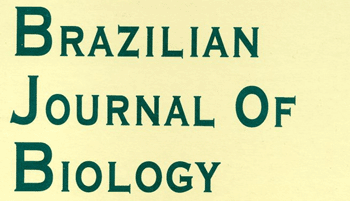Resumo
Cinnamomum sintoc é uma planta que possui alto teor de óleo essencial. Os óleos essenciais podem apresentar muitos benefícios para a saúde. O Parque Nacional Monte Ciremai é uma área que possui vegetação abundante, principalmente C. sintoc. O objetivo deste estudo foi prever o volume de óleo contido nas folhas de C. sintoc com base em sua localização de crescimento no Parque Nacional Monte Ciremai (TNGC), Java Ocidental. A amostragem foi realizada em duas etapas, nomeadamente amostras de campo e amostras de laboratório. Amostras de campo foram coletadas em área com parcela única medindo 20 × 20 metros. Para a extração de amostras laboratoriais, utilizou-se o método de destilação a vapor. Análise de dados foi realizada utilizando o método ANFIS para previsão do volume de óleo essencial. Os resultados mostraram que o volume de óleo essencial nas folhas foi maior na encosta oeste (1,45 mL), sendo na encosta norte (1,37 mL), na encosta leste (1,09 mL) e na encosta sul (0,88 mL), enquanto o volume de óleo extraído nas folhas são encontradas na encosta oeste (1,45 mL), encosta norte (1,37 mL), encosta leste (1,09 mL) e encosta sul (0,88 mL). Na encosta oeste (1,82 mL), encosta norte (1,73 mL), encosta leste (1,24 mL) e encosta sul (1,22 mL). Os resultados da análise ANFIS mostraram uma precisão de previsão de 90,99%, apontando a maior produtividade de árvores quando C. sintoc BL cresce a uma altitude de 650-700 m acima do nível do mar, com diâmetro da árvore de 42 cm e altura de 12 m, crescendo em textura de areia terra, a uma umidade de 75% e a uma faixa de temperatura crescente de 25-27°C. O valor do volume de produção de óleo essencial é influenciado por cada variável, como diâmetro da árvore, altura da árvore, textura do solo, altitude, temperatura e umidade,
Palavras-chave:
ANFIS; Cinnamomum sintoc; óleo essencial; folha

 Previsão do conteúdo de óleo essencial em folhas de Cinnamomum sintoc com base na direção da encosta da vegetação no Parque Nacional Monte Ciremai usando redes neurais artificiais ANFIS
Previsão do conteúdo de óleo essencial em folhas de Cinnamomum sintoc com base na direção da encosta da vegetação no Parque Nacional Monte Ciremai usando redes neurais artificiais ANFIS Thumbnail
Thumbnail
 Thumbnail
Thumbnail
 Thumbnail
Thumbnail
 Thumbnail
Thumbnail
 Thumbnail
Thumbnail
 Thumbnail
Thumbnail
 Thumbnail
Thumbnail
 Thumbnail
Thumbnail
 Thumbnail
Thumbnail
 Thumbnail
Thumbnail
 Thumbnail
Thumbnail











